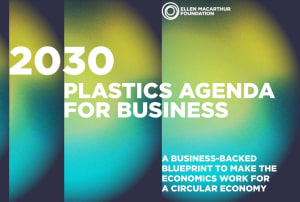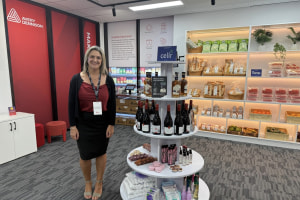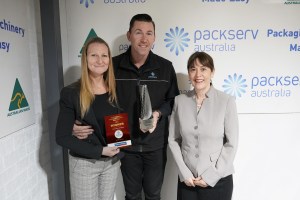Anyone can go out and buy new hardware and try to put it together – but it is the application knowledge of how to engineer the hardware that really adds value to your operations.
I believe providing the hardware is only 30 to 40 per cent of the solution.The domain knowledge on the application and how to apply the engineering is what really makes the difference.
To do this, you need to understand company’s unique challenges and goals. Only then can you design, manufacture and commission a solution to meet their production and business objectives.
Here are three things to take into consideration to achieve this.
1. Driving innovation
Advances in technologies such as the Industrial Internet of Things, are enabling machines to get smarter and meet end users’ networking, integration, diagnostics and intelligence demands.
Motors and drives are gaining improved integration and connectivity, resulting in increased productivity, safety and asset management.
Ethernet communications is now an important part of any application that involves drives because it provides full access to all the diagnostics within the drives, including drive parameters, status and additional features such as Automatic Device Configuration.
Automatic Device Configuration is a feature that increases uptime by allowing the Logix controller to automatically detect a replaced drive and download all configuration parameters, eliminating the need for manual reconfiguration.
Supplying the drives is the easy part. Applying the correct engineering is critical for the system to run safely and effectively.
For example, if a drive on a crane has not been selected or engineered correctly, the crane could drop its load resulting in safety and productivity risks.
Similarly, if a drive on a process line is not sized or engineered appropriately, the process will not run effectively. This is the type of smart engineering that can help customers improve system performance, reduce risk and gain operation efficiencies.
2. Complying with safety
Complying with safety standards plays an important role in reducing the risk of injuries and improving productivity. Implementing the most appropriate standards and technologies also provides major improvements in manufacturing productivity, efficiency and the morale of personnel.
However, understanding the current risk level of one machine or an entire plant floor is a challenging task.
Safeguarding a machine or entire plant requires a detailed safety assessment to be undertaken.
Following the findings of the safety assessment, we can then design a solution that meets the operational requirements of the plant or machine and also address any safety risks.
Once the assessment is complete and the safety solution is designed and validated, the solution can then be integrated and commissioned to enhance productivity and workplace safety.
The global solutions team at Rockwell Automation can provide safety solutions and can help at any stage of safeguarding a project from training and standards through to validation and startup.
3. Information and integration
The Industrial Internet of Things continues to bridge the gap between the physical and virtual worlds; generating data that provides visibility into operational issues to help improve profitability and reliability.
Connected, smart machinery can enable secure, remote access services that reduce operational costs throughout the lifecycle of machinery.
Solutions must be capable of being connected into any enterprise system.
For example, Rockwell recently integrated a historian system into a large crane at a power station. This system provides information about how many times the hoist has worked and its maximum load which can be used to calculate end of lifecycle parameters.
For example, if the crane is 25 years old but only works two percent of the time, then it still has more life in it.
These sorts of smart solutions provide more information and transparency to improve the lifespan of equipment and drive productivity throughout the enterprise.
Smart engineering combined with detailed application knowledge can help increase machine speed for increased production or improve machine control to optimise quality as well as quantity.
Supplying the smart devices and equipment is the easy part, but the application knowledge required to engineer them correctly to improve productivity, profitability and safety is where the real smarts come into play.
Peter Tomazic is a senior solution consultant with the global solutions team at Rockwell Automation Australia. He is based at the company’s head office in Bayswater, Victoria.






